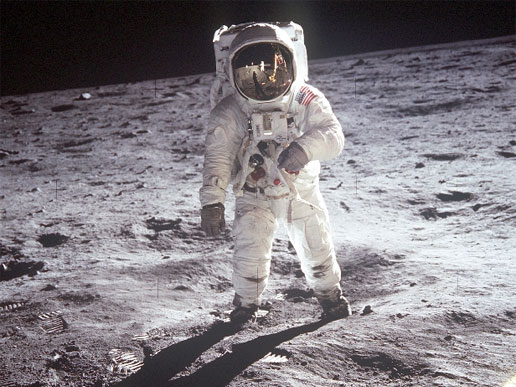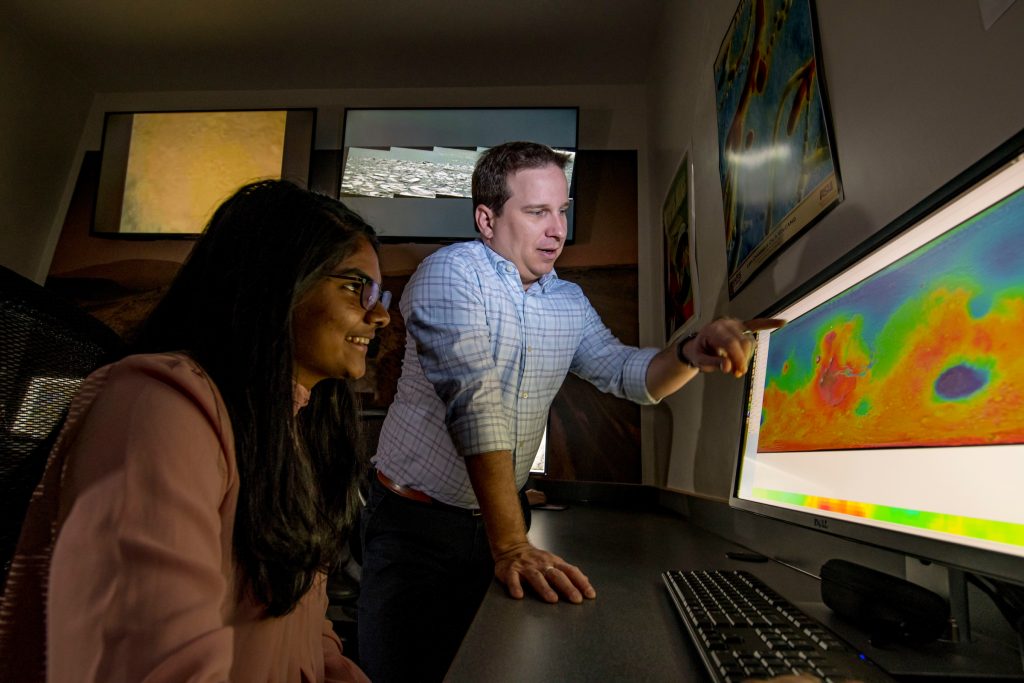
By Kerry Bennett
Office of the Vice President for Research
The Carnegie Institution for Science recently announced the discovery of 12 new moons of Jupiter, bringing the total number of moons orbiting the solar system’s largest planet to 79—a finding that has garnered international media coverage, including NBC News, The Washington Post, BBC, the New York Times,… Read more


